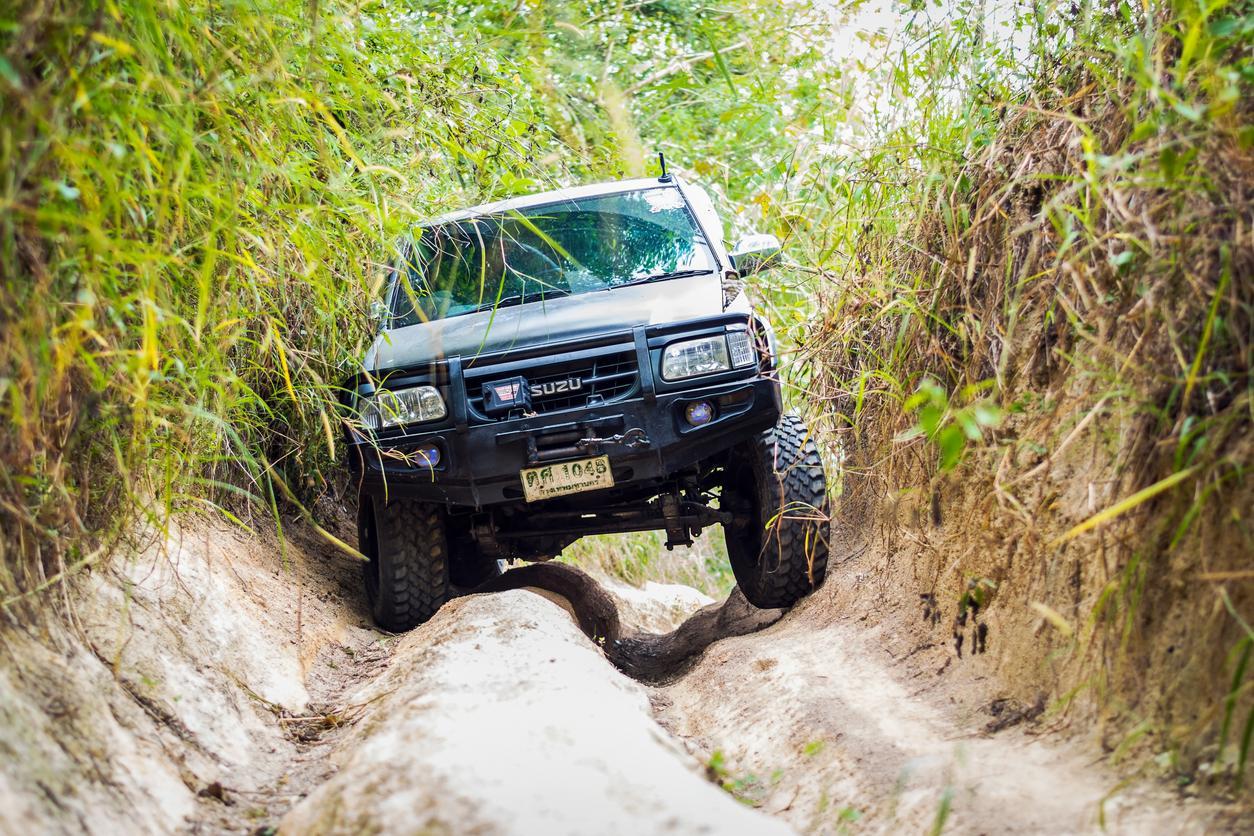So, you’re thinking of giving your 4WD a lift. Good on ya. That means more clearance, better approach angles, and yeah, it looks pretty schmick too. But here’s the rub: lift it the wrong way, and suddenly your comfy cruiser turns into a kangaroo on a trampoline.
Lifting doesn’t have to wreck your ride quality. It all starts with choosing a lift kit that’s created specifically for your vehicle. If you drive an Isuzu DMax, for example, you need a Dmax lift kit. Unfortunately, many drivers get caught out by poor suspension choices, mismatched components, or just not thinking the whole setup through.
Why Ride Quality Often Takes a Hit After a Lift
When you lift your 4WD, you’re not just raising the body. You’re changing the entire geometry of how the vehicle moves and responds. Your control arm angles shift, CV joints start copping more stress, and stiffer spring rates can turn even bitumen roads into something that feels like the Gibb River Road.
Then there’s the common trap: bolting on a generic lift kit that’s not matched to your setup. Your Prado with a drawer system and steel bar isn’t going to ride the same as a stock Hilux on the same kit. Sure, it looks tough parked outside the servo. But how’s it feel rattling over corrugations on the way to the campsite?
Suspension Tuning: The Heart of Post-Lift Comfort
It’s not enough to chuck in some taller coils and call it a day. Your springs, shocks, and bushings need to play nicely together. Think of them as a band; if the drummer’s out of time, the whole thing sounds off.
Quality dampers with rebound and compression control are game changers. Gas-charged shocks help keep things stable, while remote-reservoir options are brilliant for long-haul off-roading where heat buildup can ruin performance.
Don’t forget spring type. Progressive springs can smooth out small bumps while still handling heavy hits. Linear springs? Great for predictable response but can feel harsh if not matched well. Dual-rate coils are like having your cake and eating it too—plush when unloaded, supportive when loaded.
Key Components That Make or Break Ride Quality
- Upper control arms (UCAs) – They restore proper wheel alignment and allow more suspension travel. No more binding or loss of down-travel.
- Adjustable panhard rods – When you lift your rig, the axle shifts sideways. This brings it back to centre and stops that annoying crab-walk feeling.
- Caster correction bushes – Help maintain your straight-line stability and reduce that twitchy steering you sometimes get after a lift.
- Extended brake lines – Often overlooked, but when you’re flexing out on rough terrain, they stop your brake lines from getting stretched or snapping.
Match Your Lift to Your Load
Every 4WD setup is different. Some of us carry half our garage in the back, while others keep it light. That’s why load-specific springs are so important.
If you’ve got a dual battery system, steel bar, full drawers, rooftop tent, and a fridge that rivals your one at home, you’ll need heavy-duty springs. But chuck those same springs under an empty ute tray and you’ll feel every ripple on the road.
The key? Be honest about your build. Whether you’re always loaded or only gear up for the weekend, match your spring rates to how you actually use the rig.
Tyre Pressure and Sidewall Flex: The Unsung Heroes
Your tyres are your first line of suspension. They flex, absorb, and smooth out the ride. But if you’re running 40psi on a rough fire trail, don’t be shocked if your teeth start rattling.
Lowering your tyre pressure off-road can work wonders for comfort and traction. But don’t go too low on-road. You’ll end up with squirmy handling and cooked sidewalls.
In addition, take a look at what tyres you’re running. LT-construction tyres are tougher and better for off-road punishment, but often have stiffer sidewalls. Passenger-rated tyres ride softer but might not hold up to outback abuse. As with everything in the off-road world, it’s a balancing act.
Steering Geometry and Handling: Keeping It Pointed True
Ever driven a freshly lifted rig that feels like it’s had one too many beers? That’s dodgy steering geometry right there.
Lifting your 4WD messes with caster, camber, and toe angles—all of which affect how the vehicle handles, especially at speed. That’s why a proper wheel alignment after the lift is non-negotiable. Add a quality steering damper to the mix and you’ll tame bump steer and twitchy handling, especially if you’re running larger rubber.
Ride Quality Tips From the Tracks
- Don’t cheap out on shocks – It’s tempting, but that cheap kit will ride like a busted shopping trolley compared to a properly tuned setup.
- Weight balance matters – Too much weight in the rear and featherweight up front? You’ll have unpredictable handling and uneven wear.
- Routine checks are key – Lifted rigs put more stress on bushings, joints, and mounts. A quick inspection now can save a busted suspension later.
Final Word: Lifted, But Still Lovin’ the Drive
A lift doesn’t have to mean giving up ride comfort. With the right planning, matched components, and a bit of know-how, your 4WD can ride smooth, handle well, and still look tough as nails. Remember that it’s not just about how high you go, but also how well everything works together. What we all want is a 4WD that gets us out there and makes the journey just as good as the destination.
